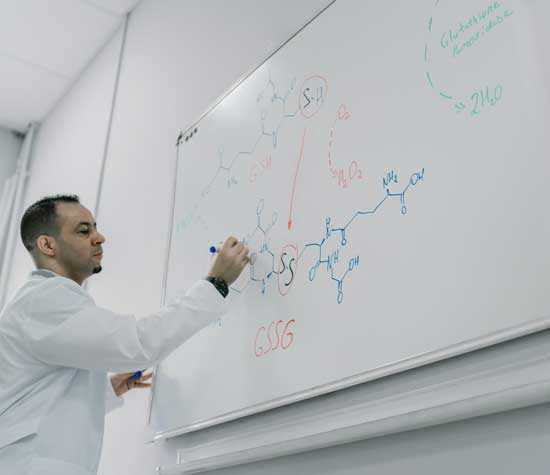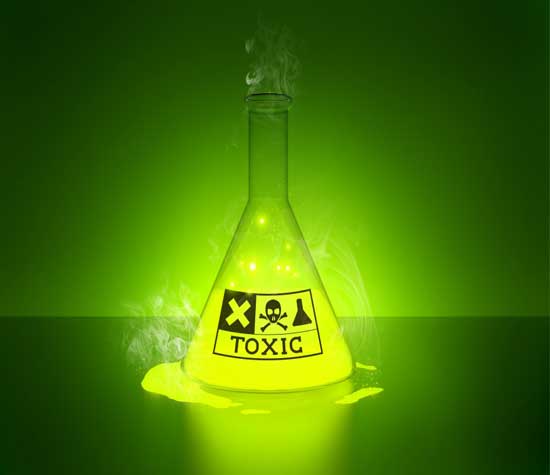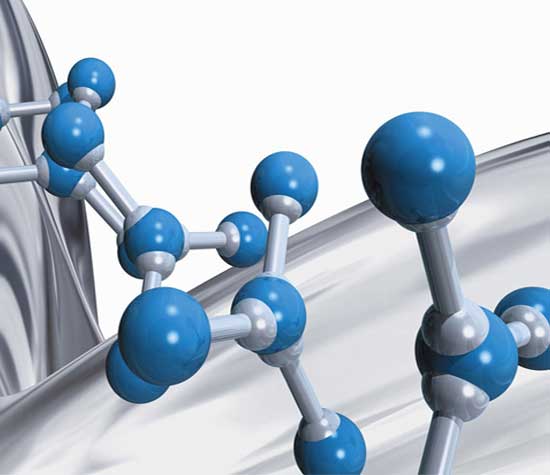Use the Index Below to Navigate Throughout This Page
Safety Data Sheet (MSDS) Access

By law all occupational users of chemicals need to:
- Know what a Safety Data Sheet (MSDS) is, and it’s relevance to their health and safety
- Have access to Safety Data Sheets (MSDS) for the chemicals they use. Electronic access is acceptable as long as the user has the ability to print out a hard copy. EH&S recommends that labs print hard copies of the most common and/or most hazardous chemicals they routinely use.
Safety Data Sheet (MSDS) Resources
University of California-MSDS Database
What is a Safety Data Sheet (MSDS)?

Safety Data Sheets are a summary of the health hazards of the material and associated recommended safe work practices. Safety Data Sheets (MSDS) are required by OSHA to be sent by chemical manufacturers to the purchasers of their chemicals.
If you work in a lab, then OSHA says you should:
- be aware of what a Safety Data Sheet (MSDS) is and it’s relevance to your health and safety
- be aware of how to access Safety Data Sheets (MSDS) for your work area
- maintain any Safety Data Sheets (MSDS) that are received with incoming chemical shipments and ensure that they are readily accessible to lab employees during each work shift when they are in their work area(s). Electronic access is acceptable with a printer.
If you work with chemicals, but not in a lab you fall under the OSHA Hazard Communication Standard
Glossary of Terms Used in Safety Data Sheets (MSDS)

- Acute Exposure
- An intense exposure over a relatively short period of time.
- Asphyxiant
- A chemical (gas or vapor) that can cause death or unconsciousness by suffocation.
- Carcinogen
- A substance or physical agent that may cause cancer in humans or animals.
- Chronic Exposure
- A prolonged exposure occurring over days, weeks or years.
- Combustible Liquid
- Liquids having a flash point at or above 100 degrees. Not as ignitable as Flammables.
- Corrosive
- A substance that causes visible destruction or permanent changes in human skin tissue at the site of contact, e.g. acids and bases.
- Flammable Liquid
- A liquid having a flash point below 100 degrees; more ignitable than combustible liquids.
- Flash Point
- The lowest temperature at which a liquid gives off enough vapor to form an ignitable mixture and will burn when a source of ignition is present.
- Hepatotoxic, Nephrotoxic, Neurotoxic
- Substances which are toxic to the liver, kidneys and nervous system, respectively.
- Incompatible
- The term applied to two substances to indicate that one material cannot be mixed with the other without the possibility of a dangerous such as fire, explosion or release of toxic vapors.
- Irritant
- A substance that produces irritating effect when it contacts skin, eyes, nose, or respiratory system.
- Lethal Concentration (LC50)
- The concentration of air contaminant that will kill 50% of the test animals in a group during a single exposure (inhalation exposure). Generally expressed in units of parts per million or mg of contaminant m3 of air.
- Lethal Dose (LD50)
- The dose of a substance that will kill 50% of the test animals in a group over a specified period of time following exposure. Generally in units of mg of material per kg of subject body weight.
- Mutagen
- Anything which can cause a mutation in genetic material of a living cell. All mutagens are not carcinogens.
- Oxidizer
- A substance that readily gives up oxygen to stimulate combustion of an organic material.
- Permissible Exposure
- A human exposure limit that is published and enforced by OSHA as a legal standard. PEL may be either time-weighted-average (TWA). Limit: Exposure limit (8 hour), a 15 minutes short term exposure limit STEL, or ceiling © limit. Expressed in ppm or mg/m3.
- Sensitizer
- A substance which may cause no reaction in a person during initial exposures, but upon a later exposure will cause an allergic response to the substance.
- Teratogen
- A substance that may cause physical defects in the developing embryo or fetus when a pregnant female is exposed to that substance.
- Threshold Limit Value
- Similar to PEL above but are not legal standards for human exposure. Determined and published by the American Conference of Government Industrial Hygienists (ACGIH).
Lab Chemical Safety Summaries

Lab Chemical Safety Summaries
User-friendly, aimed at the lab environment. 88 common hazardous lab chemicals